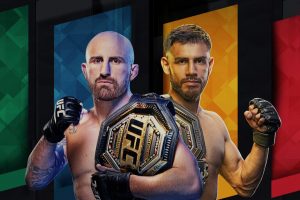DiamondElbows’ class on Defensive Wrestling in MMA, Part One: Intro and Preview
Defensive grappling in MMA, like many things in MMA, or life in general, is an extremely complicated subject that is oftentimes misunderstood. People have a tendency to go “X fighter took down Y, hence X fighter can take down Z,” which leads to some strange situations when fighter X was unable to take down a potential fighter W, who seems to be worse at defensive wrestling than fighter Y. Among what I’d call “stage two MMA fans,” IE the same people who believe in the cardio Cain myth, have just heard of Renan Barao, or think that Gegard Mousasi is the greatest middleweight of all time(a jab so good that he didn’t even need to build off it it,) this is commonplace. He is a “better wrestler” than him, he “outwrestled/outgrappled him” or “he got taken down by him lol casual imagine what usually Khabib he does to him.” It’s quite an obtuse and tiresome way to look at the sport.
The more casual audience assesses credentials, such as Olympic wrestler, Sambo Champion, or NCAA All-American and assume that they are wholly untouchable in that department, or in many cases, mix up D1 with D3 or NAIA, or assume that the Dagestanis can win the Olympics automatically. Extra credit if they don’t know the difference between freestyle and folkstyle wrestling.
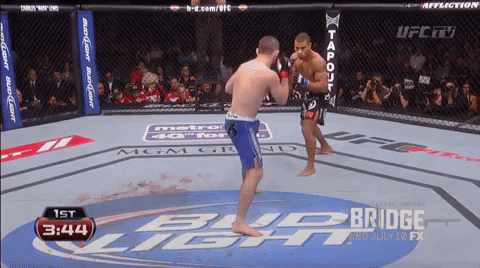
It’s quite like BJJ or kickboxing; Gilbert Burns’ famed submission threat which goes on vacation against welterweights and most elite fighters in general, or arguments about Adesanya vs Volkanovski’s skill on the feet.
This often brings up interesting questions, like why olympic wrestlers DC and Yoel Romero are being taken down.
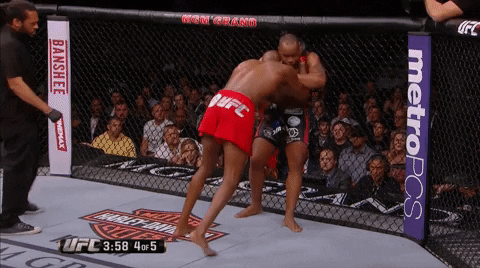
NCAA All-American Colby is so easy to take down, for some reason.
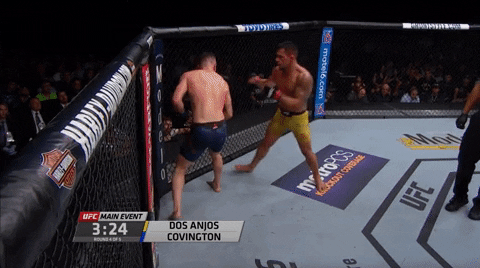
And how can Edgar, a man who wasn’t even all-american, be so good at wrestling in MMA?
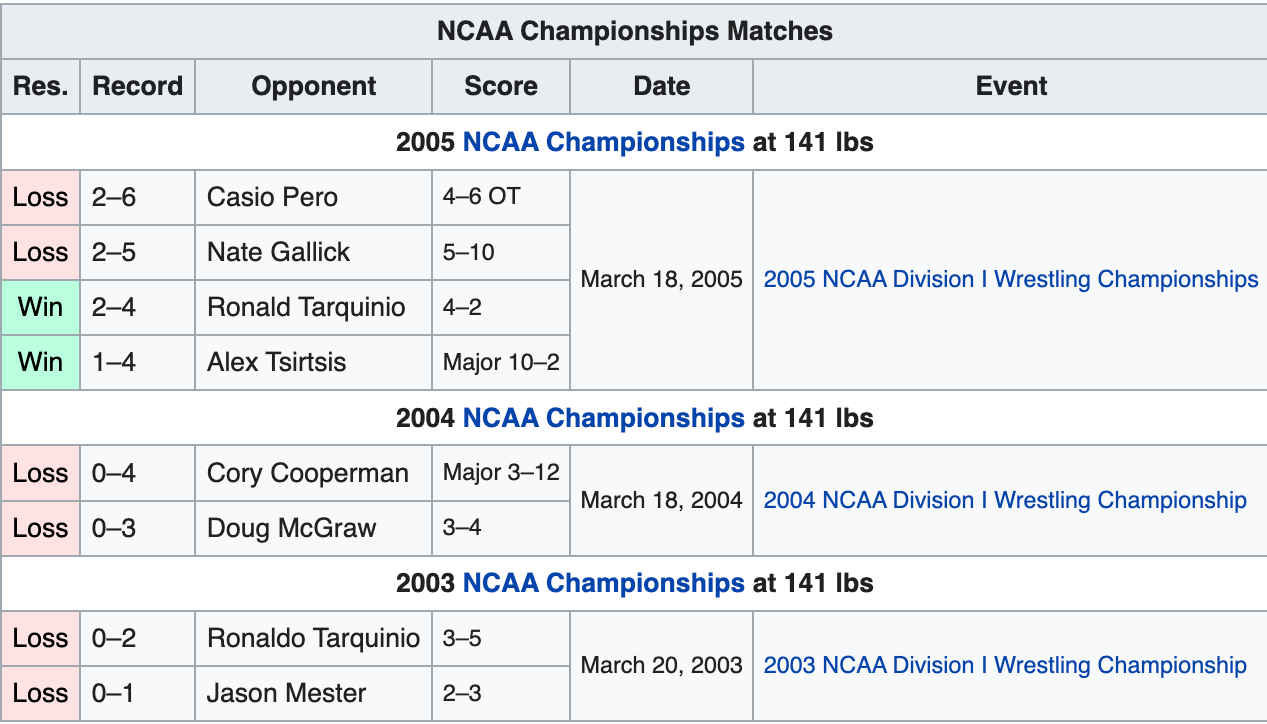
Meanwhile, the credentialed Olympian and two-time NCAA D1 champion Ben Askren should clearly manhandle everyone, yet isn’t for some reason.
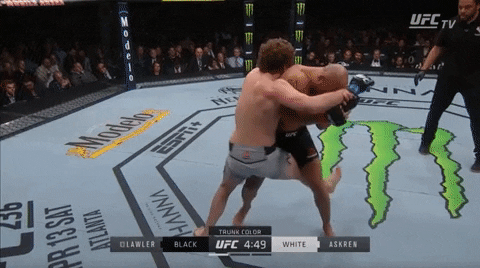
And how the hell is karate boy GSP out wrestling everyone?
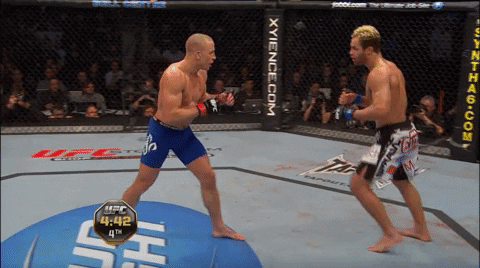
These are certain principles and questions that apply to MMA grappling as a whole, but purely for this series, we will be focusing on defensive wrestling; stopping the takedowns and preventing opponents from establishing strong top position. The complete nuances of top position and bottom work in MMA are something that far more intelligent people than me couldn’t cover in ten articles, let alone five, so I’m going to try my best here, but I can’t cover every single aspect and nuance of MMA defensive wrestling, so feel free to point out my shortcomings. I will instead attempt to give you certain principles and general rules of thumb to go along when it comes to preventing a grappler from enforcing their game upon you, and give examples of these principles and rules in action.
MMA is an extremely nuanced, divergent sport with an enormous variety of techniques and variations that nobody could catalog them all, but I think that I’ve established some basic principles, and can give real-world examples. Additionally, I’ll outline my thought process for how I assess one’s ability as a defensive wrestler and how I think it would match up against other styles of grappling.
So let me start by establishing four stages of takedown defense in MMA;
One, the ancillary threats
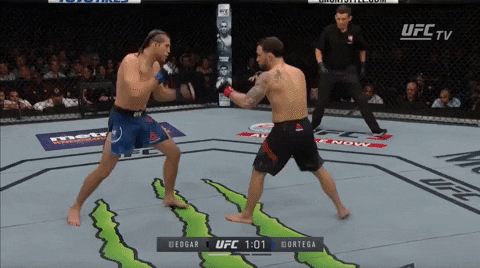
Two, the denial of entries
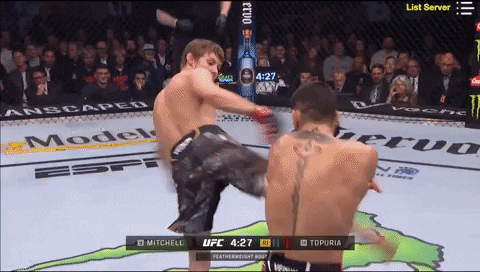
Three, first layer TDD and longer wrestling exchanges, or what I will call your “Strict takedown defense”
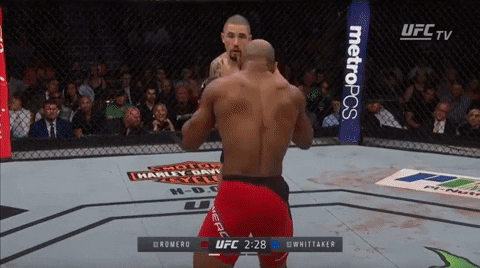
Finally, recovery, or getting up right during that transition in between having your butt on the mat and them being on top of you
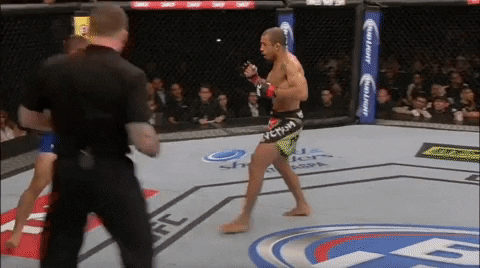
These are presented the order in which the offensive wrestler has to confront them; the offensive wrestler must deal with the ancillary threats, such as mitigating a guillotine, countering linear kicks, or preventing uppercuts, find an entry, IE setting up their shot or herding an opponent to set up a cage double, getting past the first layer, such as taking a good shot and getting on the hips, defeating longer exchanges if necessary, or chain wrestling, and establishing top position.
However, this isn’t what I’d consider the order of importance for the defensive wrestler; in my opinion, one’s strict takedown defense comes first, for obvious reasons, the ability to deny an entry comes second, to avoid as many grappling situations as possible, and the ancillary threats come third, making grappling outright not fun for the wrestler, with recovery more being a “nice if you have it, it’s alright if you don’t” sort of thing.
As a result, this will be the order in which they are covered in my five part series on defensive wrestling MMA, from this preview and introduction, to strict takedown defense parts one and two, the denial of entries and ancillary threats, to recovery and my outline for assessment of defensive wrestlers in general.
So class, buckle up for DiamondElbows’ course on defensive wrestling in MMA. Class code is 1/19/1989, and I’ll see you soon.


